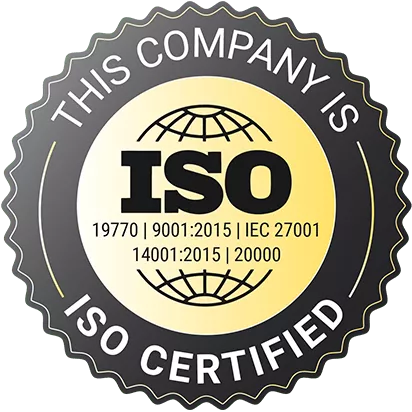Buy Exchange Server 2016 from Wiresoft
Why Exchange Server 2016?
Exchange Server 2016 is Microsoft's robust enterprise email communications solution that prioritizes both efficiency and security. Designed to meet the needs of modern work environments, Exchange 2016 offers seamless integration with Outlook, enhanced security measures and an optimized user experience.
Highlights of Exchange Server 2016
Exchange Server 2016 brings a number of improvements that simplify day-to-day email management while strengthening communication security:
Improved architecture
The simplified server architecture in Exchange Server 2016 makes deployment and management easier. Consolidation of server roles improves the efficiency and reliability of the system, reducing the burden on IT teams.
Enhanced security features
Exchange 2016 sets new standards in the security of corporate communications. Features such as enhanced DLP (Data Loss Prevention) and improved encryption options protect sensitive data from external threats and internal leaks.
Optimized user experience
The integration of Outlook on the web (formerly Outlook Web App) provides users with a rich and responsive web experience that works on all devices. Improvements in search, calendar features and mobile application support increase user productivity and satisfaction.
Improvements in the area of collaboration
Exchange Server 2016 promotes teamwork through enhanced calendaring capabilities and the ability to securely share large files by using links to SharePoint or OneDrive for Business instead of sending file attachments.
New features in Exchange Server 2016
Exchange Server 2016 is packed with new features specifically designed to improve communication and make administration easier:
Enhanced email features
New email features in Exchange 2016, such as the automatic customization of images in emails and the introduction of emoji support, enrich the way users communicate and interact.
Improved search functions
The search functions have been redesigned to deliver faster and more relevant results. This helps users work more efficiently by quickly finding the information they need.
Better integration with other Microsoft products
Seamless integration with SharePoint, Skype for Business and Office 365 extends the possibilities for communication and collaboration across the Microsoft product range.
Buy Exchange Server 2016 from Wiresoft
At Wiresoft you will find Exchange Server 2016 at competitive prices. Our team is on hand with help and advice to ensure you can choose the best license option for your specific needs.
Fast and secure purchase process
Our purchase process is fast and secure. Once purchased, you will receive immediate access to your software so you can start installing and using it without delay.
Conclusion
Exchange Server 2016 is the ideal choice for organizations that need a robust, scalable and secure email solution. With its advanced features and enhanced user experience, Exchange Server 2016 helps maximize the efficiency and security of your business communications.
Purchase Exchange Server 2016 from Wiresoft today to benefit from an enhanced email environment that is both powerful and easy to use.









































